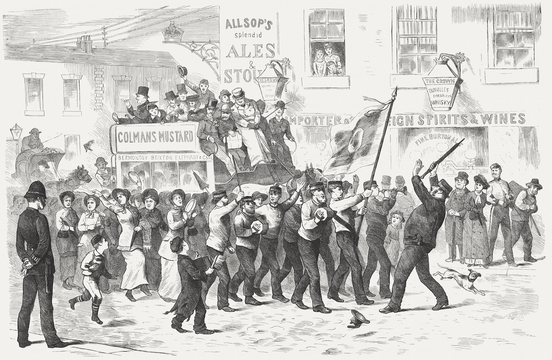
The Salvation Army in London. Woodcut engraving after a drawing by Heinrich Egersdörfer (German painter, 1853 - 1915) from the book "Die Gartenlaube (The Garden Arbor)". Published by Ernst Keil, Leipzig, 1883Image: Getty Images
Have you ever wondered about the story of the Salvation Army? Here we take a look at the founding of the famous organisation in the 1800s
How did a Victorian pawnbroker's apprentice come to found a church that now, with nearly 1.6 million members, functions in more than 109 countries? How did an organization that married the jolly sounds of the music hall with the jargon of the military develop into one of the world's largest, most diverse providers of social welfare? How did a persecuted band of evangelists, who set up in 1865 to convert the roughs of East London, grow into the respected, faith-based relief agency that in recent times alone has helped in the aftermath of Hurricane Katrina, the July 7 London bombings and the Asian tsunami?
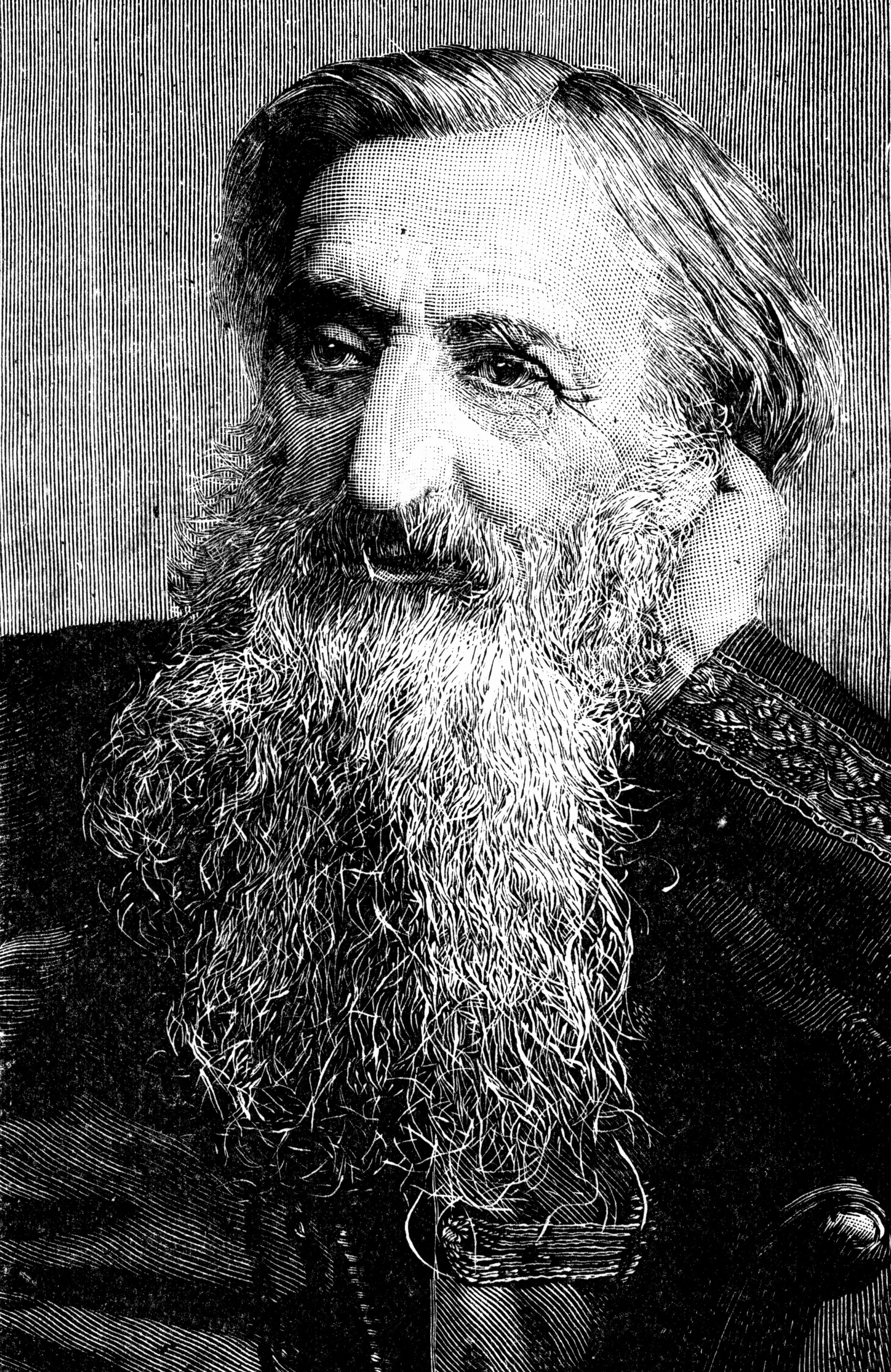
Portrait of William Booth, founder of Salvation Army
The story of the Salvation Army is full of such fascinating questions, not least because its founder, his methods and his followers excited vehemently contradictory reactions: Polite society thought William Booth was a bearded fanatic, others saw a charismatic champion of religion and reform. His wife Catherine was both social heretic and pioneer of women's equality. Their tale is a compelling one.
Who was William Booth?
William Booth was born, the third child of Samuel and Mary, on April 10, 1829, at 12 Notintone Place, Sneinton, Nottingham (now his birthplace museum). Samuel was variously an entrepreneur and builder, but when he died in 1842 family finances were in such a ruinous state that 13-year-old William was apprenticed to a local pawnbroker to help support his mother and sisters. He also began taking the first steps in his religious career, away from the 'formal, unfriendly services of the Church of England, into Methodism. Inspired by the fiery theatricality of the likes of controversial American preacher James Caughey, who traveled around England between 1841 and 1847, Booth felt God was calling him to some (as yet unspecified) great work. Despite ill health, which would dog him all his life, the zealous adolescent began spreading religion in the back streets of Nottingham. Then in 1849 he moved to London to continue preaching -- and pawnbroking -- there.
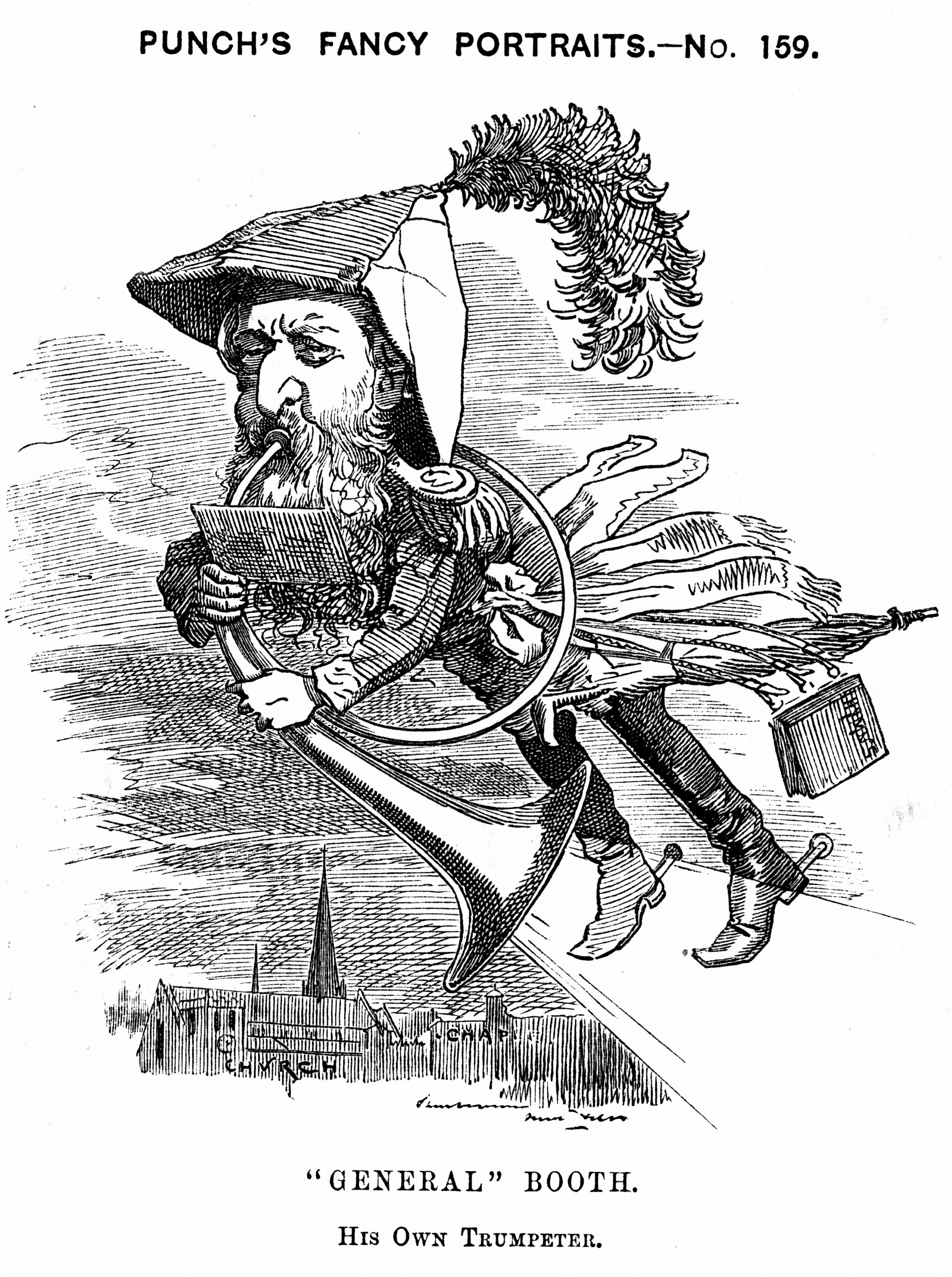
Caricature of William Booth, founder of Salvation Army - stock photo
Booth's approach to religion was instinctive rather than intellectual, and he had little time for academic or theological debate. He therefore easily moved between several churches that had sprung from the disputes that racked Wesleyan Methodism in the 19th century. Eventually, he threw off pawnbroking and became a minister for the Methodist New Connexion. More important, in 1855 he married Catherine Mumford.
Who was Catherine Mumford?
If William had shown precocious teenage interest in preaching in Nottingham, Catherine's youth was no less remarkable. She was born January 17, 1829, in Ashbourne, Derbyshire, although the family later moved back to Boston, Lincolnshire. Her father had been an occasional preacher before losing his faith; however, her mother was so zealously pious that she kept Catherine away from school lest she pick up undesirable habits from less God-fearing children. In fact, Catherine's formal education effectively began when she was 12.
Read more: Everything you need to know about Eleanor of Aquitaine
Like William, Catherine was frequently sickly throughout life, but where she differed from him was in her close study of theology. She held strong moral convictions and joined the Temperance Movement. In 1844 the family moved again, to London, and shortly afterward 16-year-old Catherine experienced the divine moment that finally convinced her of salvation while she was reading a Charles Wesley hymn. She taught at Sunday school and gave classes before meeting her future husband at a tea party in 1852.
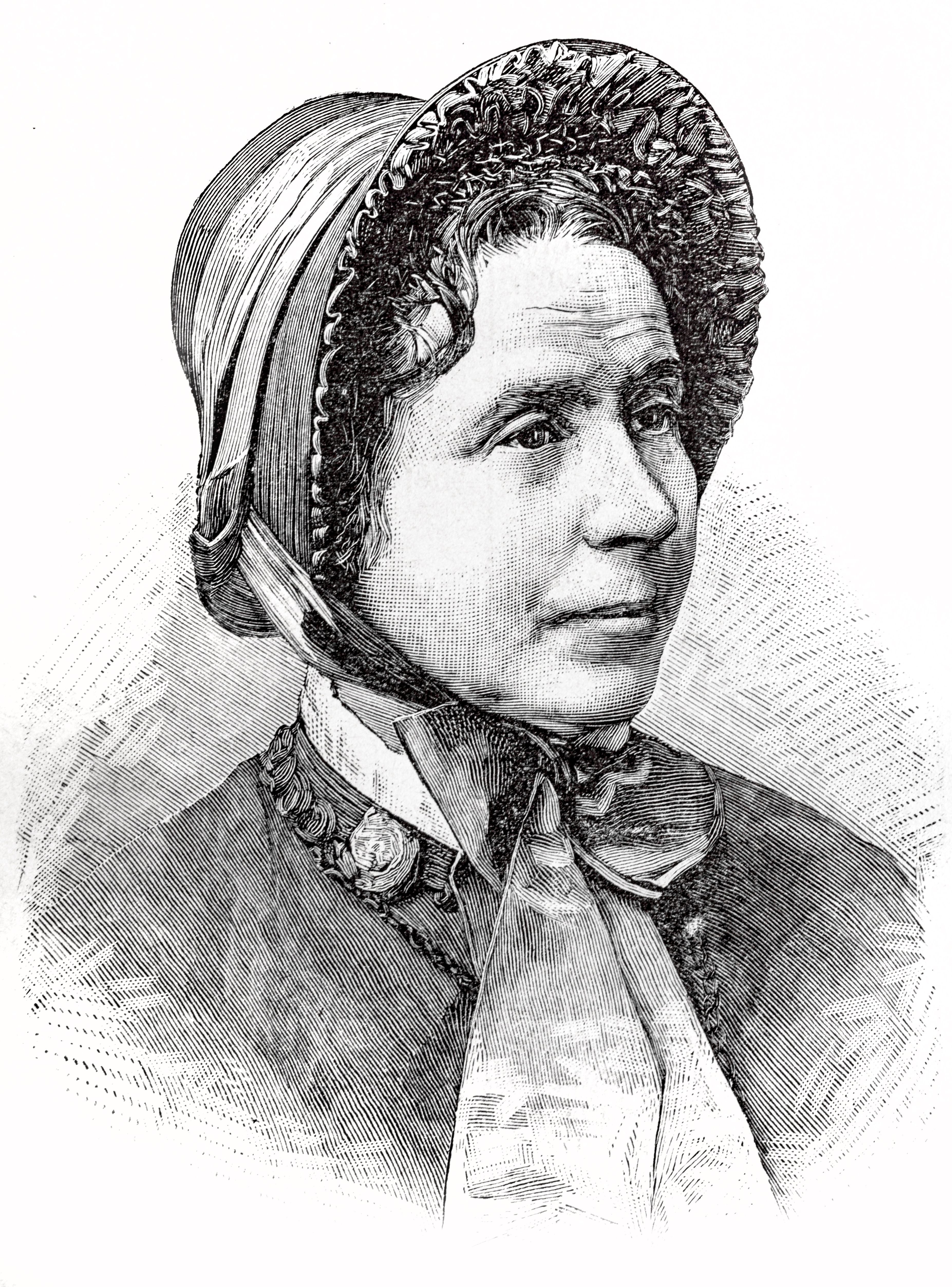
o-founder salvation Army mrs catherine Booth Engraving from 1889 in french magazine le voleur illustre
Devotion to religion was their bond, and where William showed passion but a lack of direction, Catherine provided the iron hand to guide, including constant chiding that William should improve himself but guard against ambition. Theirs was a relationship of equals - an eyebrow-raising proposition in Victorian England. Moreover, Catherine held the heretical view (backed up by her biblical studies) that women should, with as much entitlement as men, be allowed to preach in church. William soon accepted this standpoint. For her part, Catherine lived up to the conventional bargain of wedlock, producing eight children.
Their early years of marriage
William spent the early years of their marriage at different postings on the Methodist New Connexion circuit, with Catherine and their growing family in tow. He was beginning to make a name for himself -- and also to attract criticism from more traditional churchmen. His flamboyant, hellfire style, combined with hymns sung to popular contemporary tunes, might appeal to the benighted masses ignorant of the standard melodies of the church, but the educated middle classes who knew better were deeply offended. William, though, was in no doubt that he should be communicating his message of salvation to the downtrodden folk neglected by the established church, and if a touch of music hall was required, so be it.
In 1862 the Booths split from the New Connexion. William had been outvoted in wanting to ban producers and purveyors of alcohol from joining the movement; he was also desperate for the life of an itinerant preacher pursuing the active Christianity of his hero John Wesley, rather than ministering in one location. By now, following the urging of the Holy Ghost to assume full female ministry, Catherine was preaching, too -- and drawing sensational, half-horrified, half-rapt audiences.
Read more: Watch the last known footage of Queen Victoria
At the time undenominated work was on the rise in England, the idea being to convert sinners, then point them to local, established churches to continue their newfound religion. The Booths, supported in their endeavors by various wealthy benefactors as they would be throughout their careers, embraced their venture with gusto, buoyed by the success of their recent Cornish campaign (1861-62), which yielded at least 7,000 souls for Jesus. Whether such sudden salvations endured was debatable; nor did every church welcome the alarming descent of ill-dressed hordes into its tidy pews.
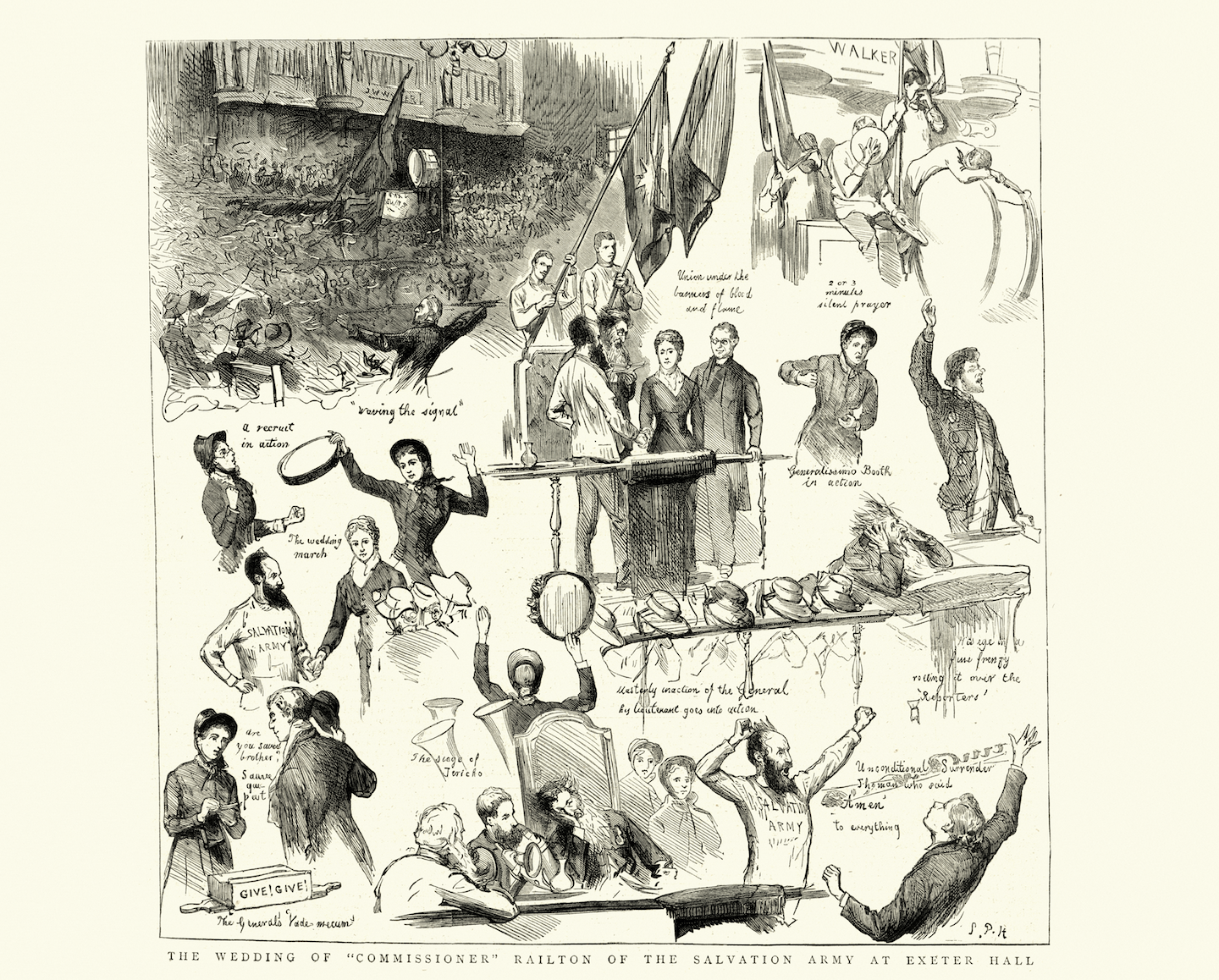
Vintage engraving of a Scene from the wedding of Commissioner Railton of the Salvation Army, Exeter Hall, 1884
The Booths learned valuable lessons as they roamed the country for the next two years. One was that the poor were more likely to listen to their own kind and be saved. Who could resist addresses by converted pugilists, horse racers and others? So Booth recruited these unlikely helpers into his catchily named Hallelujah Band. Secondly, Catherine's eyes in particular were being further opened to the social wreckage caused by drink, prostitution and poverty.
Their peripatetic lifestyle came to an abrupt end in 1865. A group of missionaries, impressed by William's preaching in the seedy streets of London's East End, asked him to lead a series of meetings for them in a large tent at Mile End. William was so struck by the amount of work to be done among the local poor that the Booths agreed to stay. Despite never intending to found their own Christian church, they set up the East London Christian Mission, soon renamed the Christian Mission to reflect its nationwide potential.
The legacy of the Christian Mission
William preached in unusual venues ranging from a stable to a disused pub, while Catherine raised funds among the city's well-to-do. Crucially, the Booths had espoused social work as a means to an end, William reasoning that no one could concentrate on the message of the Lord on an empty stomach. Soup kitchens and Food for the Millions shops were created to help provide the poor with sustenance.
Yet all the while, the Booths were stirring antagonism. Brewers feared they would lose their clientele to the church; middle-class Victorian England was perturbed by this loud evangelizing that disturbed its complacency; rowdies just liked an easy target. Mission meetings were disrupted by jeering, stone throwing, fireworks and worse. William and his people merely turned the other cheek; in fact, persecution became tantamount to a badge of honor. It took a special kind of person to deal with such hostility, and among the Booths' recruits were a good number of eccentrics, like the impetuous radical George Scott Railton. They were instrumental in growing support, and Railton in particular endorsed Catherine's endeavors to gain women equality in what was about to become the Salvation Army.
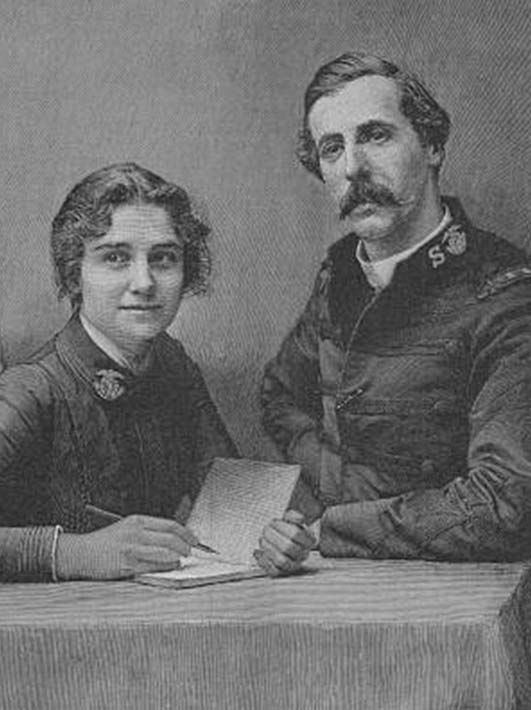
Catherine & William Booth
The name change was the result of a family joke by the Booths' eldest son, Bramwell. All the Booth siblings had been immersed in religion and strict discipline from birth, presenting a formidable dynasty. Bramwell was now an industrious second-in-command to William in the new church. On hearing them called a volunteer army, he thought it a rather understated description for such assiduous workers. So William replaced the offending word with salvation, and from 1878 the Christian Mission became the Salvation Army.
The birth of the Salvation Army
From this moment the movement really took off, and its familiar iconography and trappings developed. The concept of an army (albeit peaceful) captured the imagination of certain jingoistic sections of Victorian society, though inflated martial jargon led to some absurd juxtapositions -- as a poster publicizing a Whitby campaign had shown, screaming: We are rushing into war....It is a field of blood already, deflatingly adding, A public ham sandwich tea will be provided in the Congress Hall.
But war it was. Ranks were adopted in the Army, with William as general, and uniforms were designed so that members could immediately recognize each other. For women, the unflattering Hallelujah Bonnet served the double function of separating wearers from worldly fashions and protecting them from missiles. The War Cry newspaper started publication, and the Army marched with flags and took the motto Blood and Fire -- signifying the blood of the Lamb and the fire of the Holy Ghost. For long, William had realized the power of popular music to aid conversion, and he found that brass bands were great for attracting crowds as Army corps progressed through the streets; they also helped drown out hecklers.
Read more: How the Normans changed Britain
Violent persecution increased, notably by the Skeleton Army, a rabble shamefully supported by publicans, beer sellers and the like. There were martyrs, and some Army soldiers, blamed for provoking attacks simply by holding noisy open-air meetings, were imprisoned. The Booths used the oxygen of publicity to rally even more folk to their cause: By 1884 there were 910 corps (church centers) and 2,332 officers in Britain. In its nonuse of the sacraments and its proscription of alcohol the Salvation Army might differ from the Church of England (which kept a wary distance), but it was becoming part of British life.
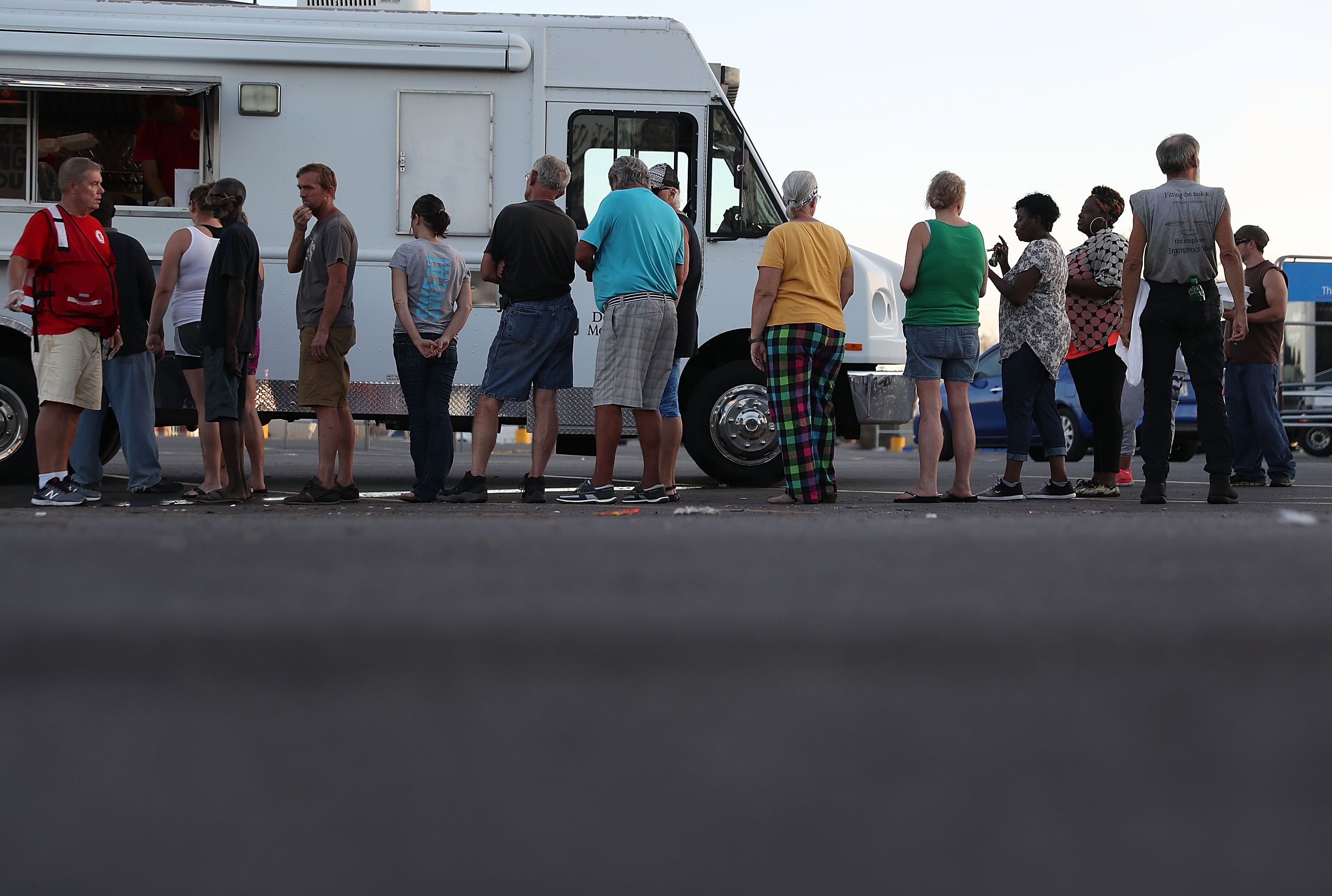
People stand in line to receive food from the Salvation Army emergency disaster services food distribution operation for people trying to recover from Hurricane Michael on October 16, 2018 in Panama City, Florida
At first, William Booth resisted the idea that the Army should spread internationally. An autocrat, he feared not being able to control far-flung outposts that might discredit the Home Front. There had been a short-lived, unsanctioned venture in Cleveland, Ohio, but after the Shirley family from the Coventry Corps successfully set up in Philadelphia from 1879, William allowed George Railton to lead a small contingent to New York. Despite an initial misunderstanding when they were booked as a music hall act, the seed was sown, and soon Ballington, William's second son, was sent to command forces in the United States. Penetration of other countries -- France, India, Australia -- rapidly followed.
Back in Britain, the Army became involved in 1885 in exposing the sale of young girls into prostitution. W.T. Stead, editor of the Pall Mall Gazette and longtime Salvation Army supporter, was imprisoned for his part in the abduction of 13-year-old Eliza Armstrong, staged to prove what went on. Nevertheless Army efforts helped influence the raising of the legal age of consent from 13 to 16 years.
Read more: 10 of Britain's prettiest streets
Then in October 1890, Army Mother Catherine Booth died after an arduous fight against cancer. Her funeral in London was attended by 36,000 people, a mark of not only the respect in which she was held but also the strength of the Army. William and the whole organization sorely missed her guiding hand.
Catherine's legacy
Two weeks after Catherine's Promotion to Glory (Salvation Army terminology), In Darkest England and the Way Out was published. Doubt hovers over how much of the work was personally authored by William Booth, but it certainly contains his ideas on practical Christianity.
After spotlighting the poverty and social injustice that he believed hampered people's path to salvation, William described the ways in which the Army could remove those hurdles. These included the establishment of city colonies, farm colonies and overseas colonies as places of rehabilitation; shelters for the destitute in every town; lost persons bureaus; and prison reforms like rehabilitation for ex-prisoners. (The Army already ran a home for discharged felons in King's Cross.) Many Victorians still held the view that the poor had only themselves to blame for their plight and sin, so reactions were mixed.
William's later life
In the last years of his life, William turned again to itinerant preaching and met the world's wealthy and powerful, from King Edward VII to Presidents William McKinley and Theodore Roosevelt. From 1904, and despite failing health, he embarked on a series of annual motor tours of the UK, covering thousands of miles and speaking at hundreds of meetings. It was a punishing challenge for a septuagenarian, but he was in his element. Unfortunately, the founder's latter years were also marred by differences within the Booth family that ended with his children Ballington, Kate and Herbert, all leading lights in overseas operations, quitting the Army.
Read more: How did The White Queen really die?
William Booth, worn-out and blind, was Promoted to Glory on August 20, 1912. Some 150,000 mourners passed his bier, and tributes flowed in from the great and the good. He may have upset people with his strident, unconventional style, but his practical Christianity inspired countless more. Certainly today many of his visions for social and missionary work have continued to come true.
The Salvation Army is the fifth largest charity in the UK. As of 2005, its outreach has been expanded to include 109 countries, in 175 languages. The Salvation Army's membership consists of 3,500 officers, 60,000 employees, 113,000 soldiers, 430,000 adherents and more than 3.5 million volunteers.





Comments